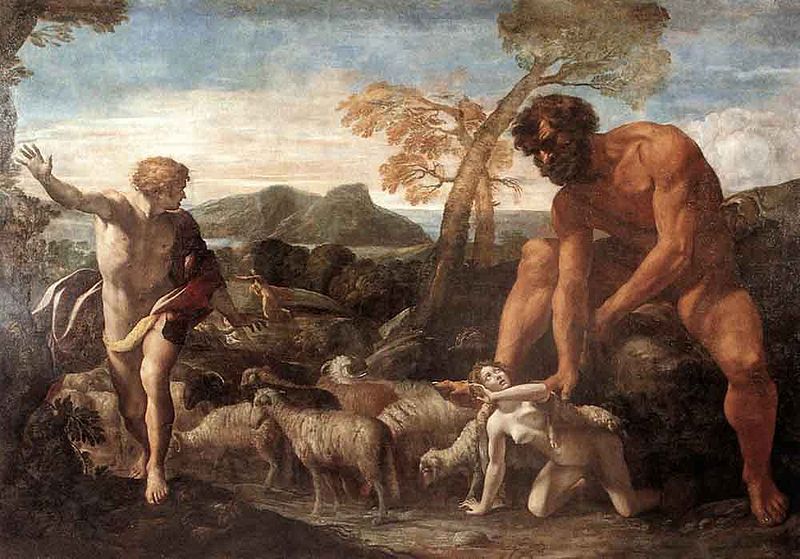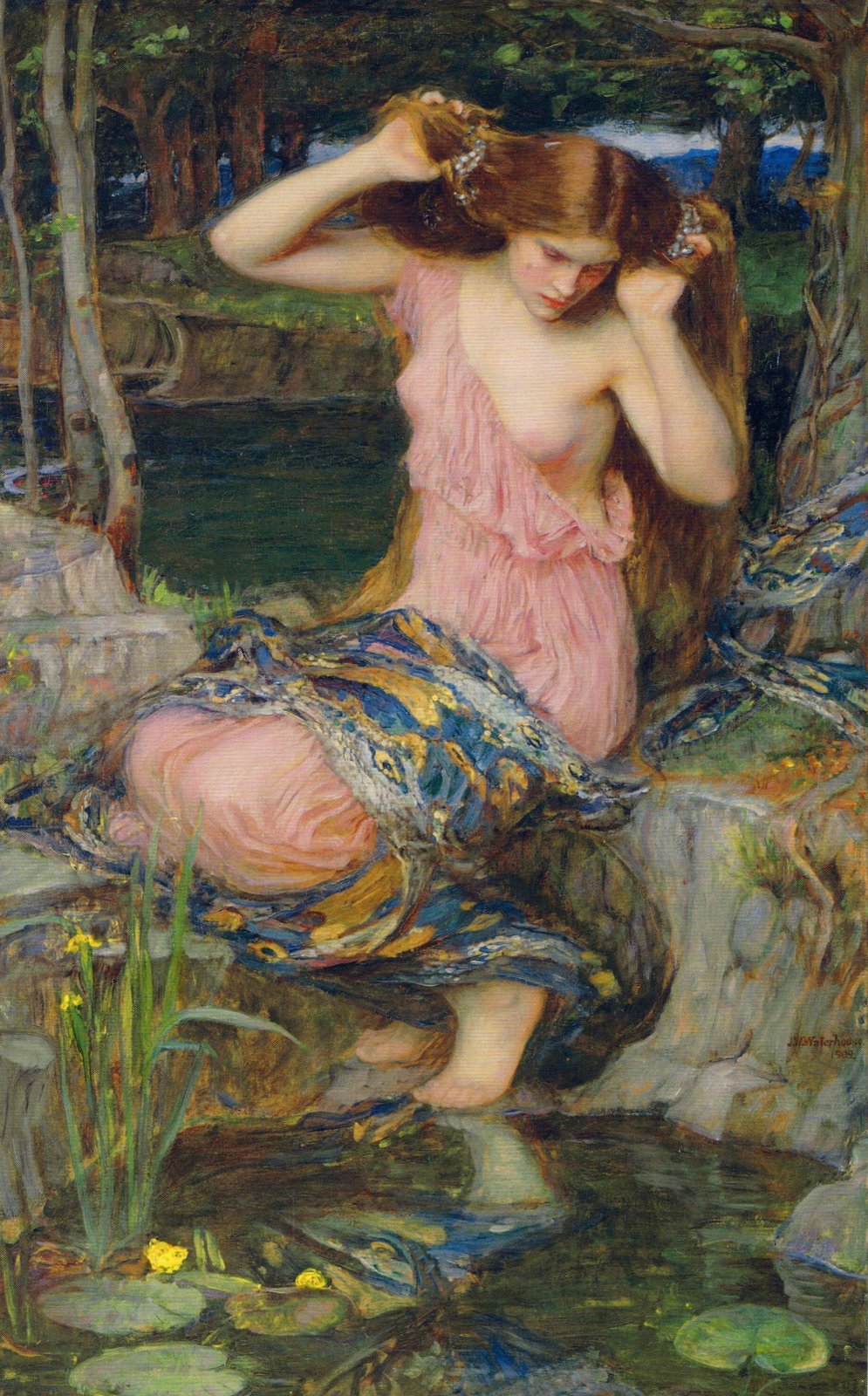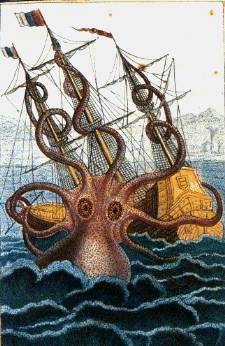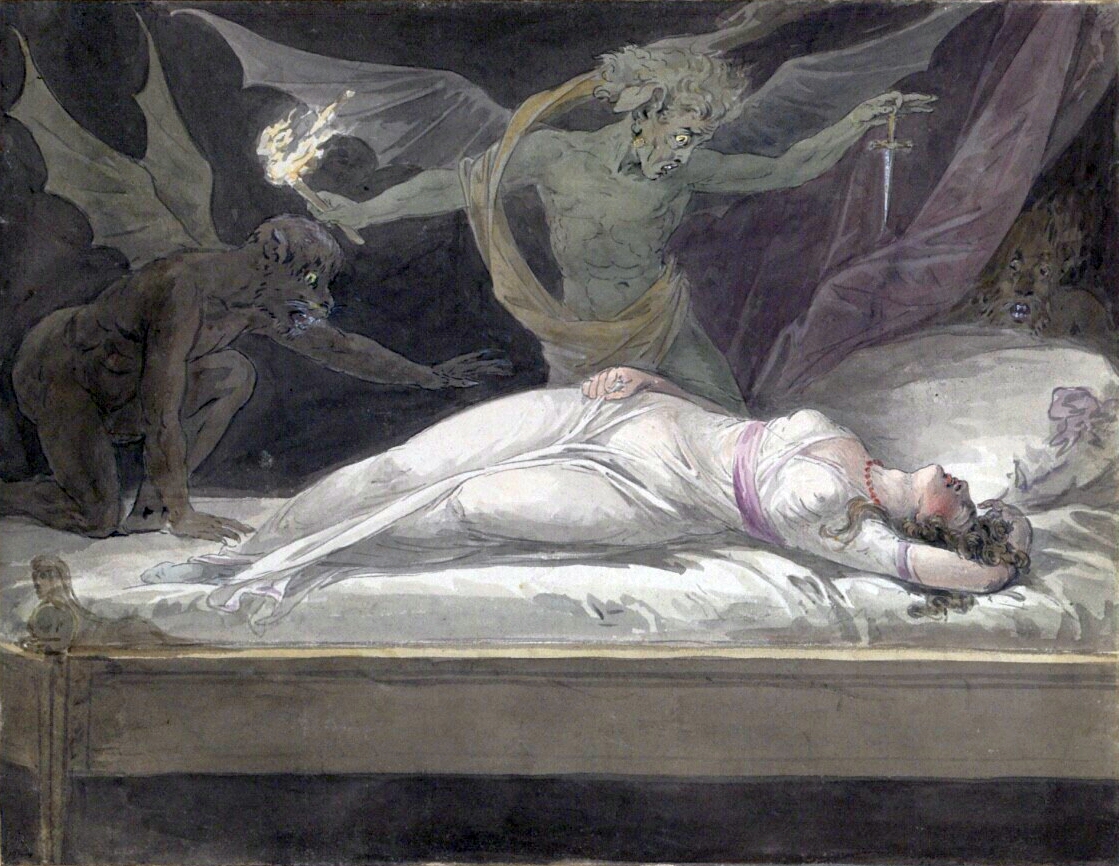And now onto today's topic. A Zmeu is of Romanian folklore and mythology. It's basically a slavic dragon with anthropomorphic features, namely its humanoid legs, arms, and ability to use and make possession such as weapons. His magical powers include the ability to shapeshift, fly, and spit fire. He has supernatural strength.
In Romanian mythology, the zmeu is seen as the embodiment of selfishness and greed. He typically steals something that's very important, and Făt-Frumos, the Romanian version of "Prince Charming," has to gain it back through his selfless bravery. Even though the zmeu has amazing abilities, it's no match for Făt-Frumos.
In Moldavia, a zmeu is sometimes pictured as a vampire-like creature that takes the shape of a flame then goes in the room of a young girl or widow. Once inside, he becomes a man and seduces her.
Interesting Tidbits:
- The name zmeu most likely comes from the Slavic word Zmey, which is a Slavic dragon with three heads. The plural form is zmei, and the feminine forms are zmeoaică and (fem. plural) zmeoaice.
- Some English translations refer to a zmeu as a variation of an ogre or giant from western European mythologies. Like ogres, a zmeu kidnaps a maiden to be his wife in his otherworldly realm.
- The word zmeu also refers to the kites that children fly. It's also the word for dragon in German, Russian, Norwegian, Swedish and Scottish English.
Have you heard of the Zmeu before? What do you think of them? Have you enjoyed the A to Z Challenge this month?






















